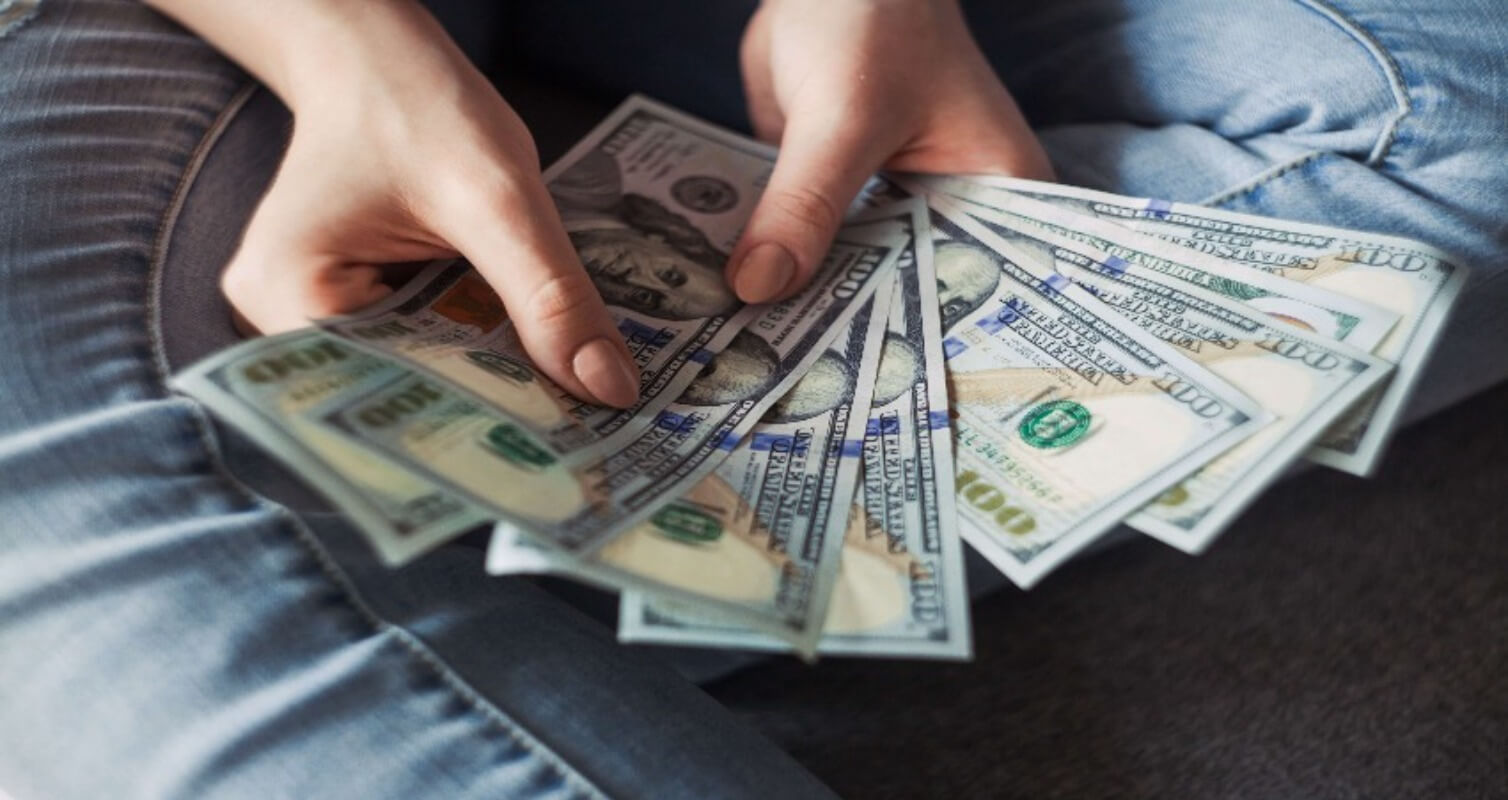An effort to force a redesign of the nation’s currency so paper money could be more easily used by the blind would be too expensive and could cause undue hardships on the vending machine industry, the Bush administration says.
The administration asked an appeals court on Tuesday to overturn a ruling that could require the introduction of such features as Braille lettering, micro-perforations or varying the sizes of denominations to aid the blind and visually impaired.
Justice Department attorneys representing Treasury Secretary Henry Paulson filed the appeal with the U.S. Court of Appeals for the District of Columbia Circuit, asking that a Nov. 28 decision by U.S. District Judge James Robertson be overturned.
Robertson ruled that the nation’s currency as currently designed violates the Rehabilitation Act, a law that prohibits discrimination in government programs on the basis of disability.
Robertson ordered Treasury to come up with ways for the blind to recognize the different denominations of paper currency, finding in favor of a lawsuit brought by the American Council for the Blind, which has waged a four-year court battle over the issue.
In his ruling, Robertson had said the United States was the only nation out of 180 issuing paper currency that printed bills that were identical in size and color in all their denominations.
He cited the successful use of such features as varying sizes, raised lettering and tiny perforations used by other nations as evidence such changes were feasible.
But in their petition to the appeals court, government lawyers argued that varying the size of denominations could cause significant burdens on the vending machine industry and cost the Bureau of Engraving and Printing an initial investment of $178 million and $37 million to $50 million in new printing plates.
“Even placing these figures in the context of the $420 million the BEP has spent annually on average in producing currency over the last 10 years, the additional costs proposed to modify the currency are not easily dismissed,” the government argued in its petition to the appeals court.
The government lawyers also argued that blind people were not being denied “meaningful access” to currency transactions because there were portable readers that could identify denominations and they also could use credit cards for transactions rather than cash.
Jeffrey Lovitky, an attorney for the American Council of the Blind, said he would ask the appeals court to reject the government’s arguments and allow the case to go forward with a January hearing where the government is scheduled to provide testimony to aid Robertson in deciding what remedies should be adopted.
Christopher Gray, president of the council, said that while his group has been lobbying for changes to help the blind since 1995, the government has yet to conduct any feasibility studies of what those changes might cost and has instead moved ahead with a number of design changes to thwart counterfeiters.
“We would be happy to wait until the next change in the bills and build accessibility at that time,” Gray said. “Surely, if you did it that way, the costs can’t be anything like what is being claimed by Treasury.”
Tara Cortes, president of Lighthouse International, another advocacy group for the blind, said the government’s decision to fight making changes in the currency could end up being harmful to millions of Americans.
There are 1.3 million people in the United States currently who are legally blind, but it is estimated that number will double by 2030 and millions more will have vision problems as the baby boom generation ages and more people fall victim to macular degeneration and other diseases, such as diabetes, that can affect vision.
“While the government may argue that changing the dollar bill will cost billions, it will pale in comparison to the costs of the vision loss epidemic,” Cortes said.
